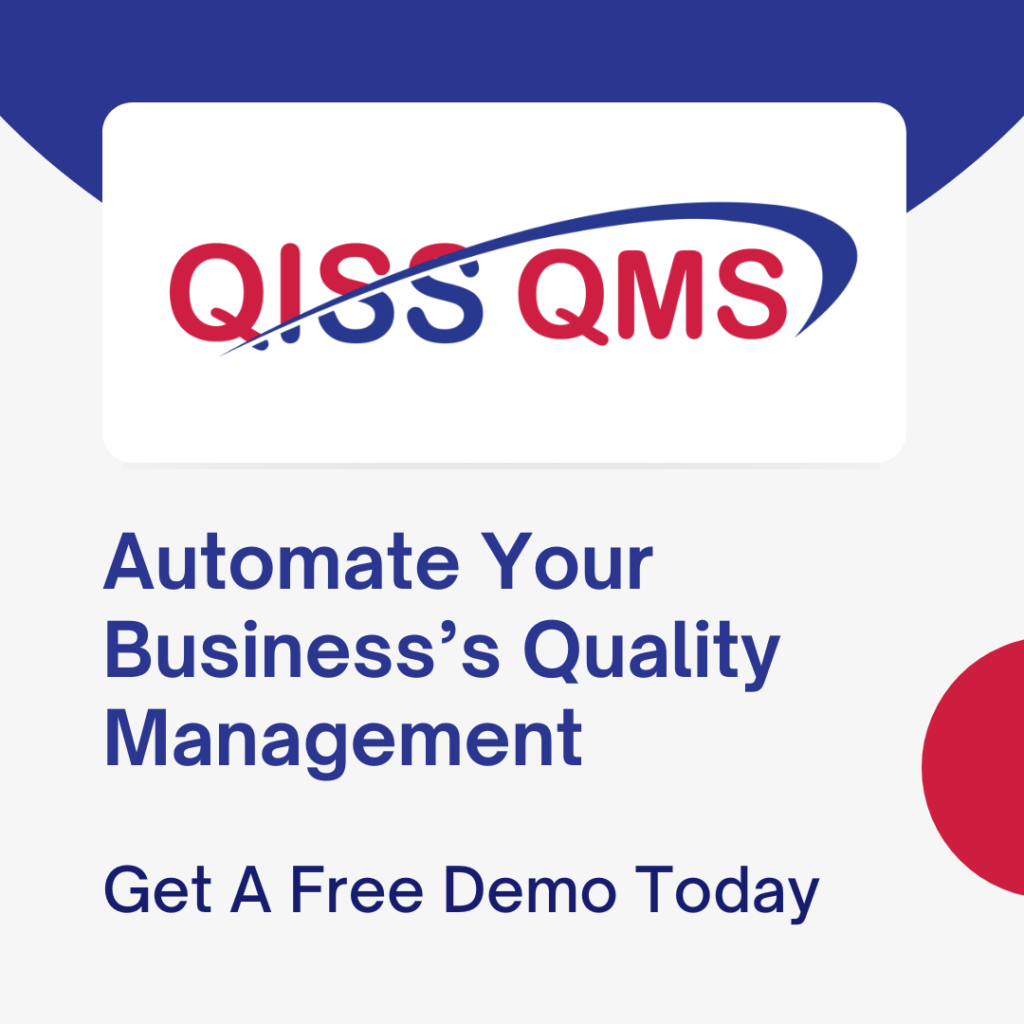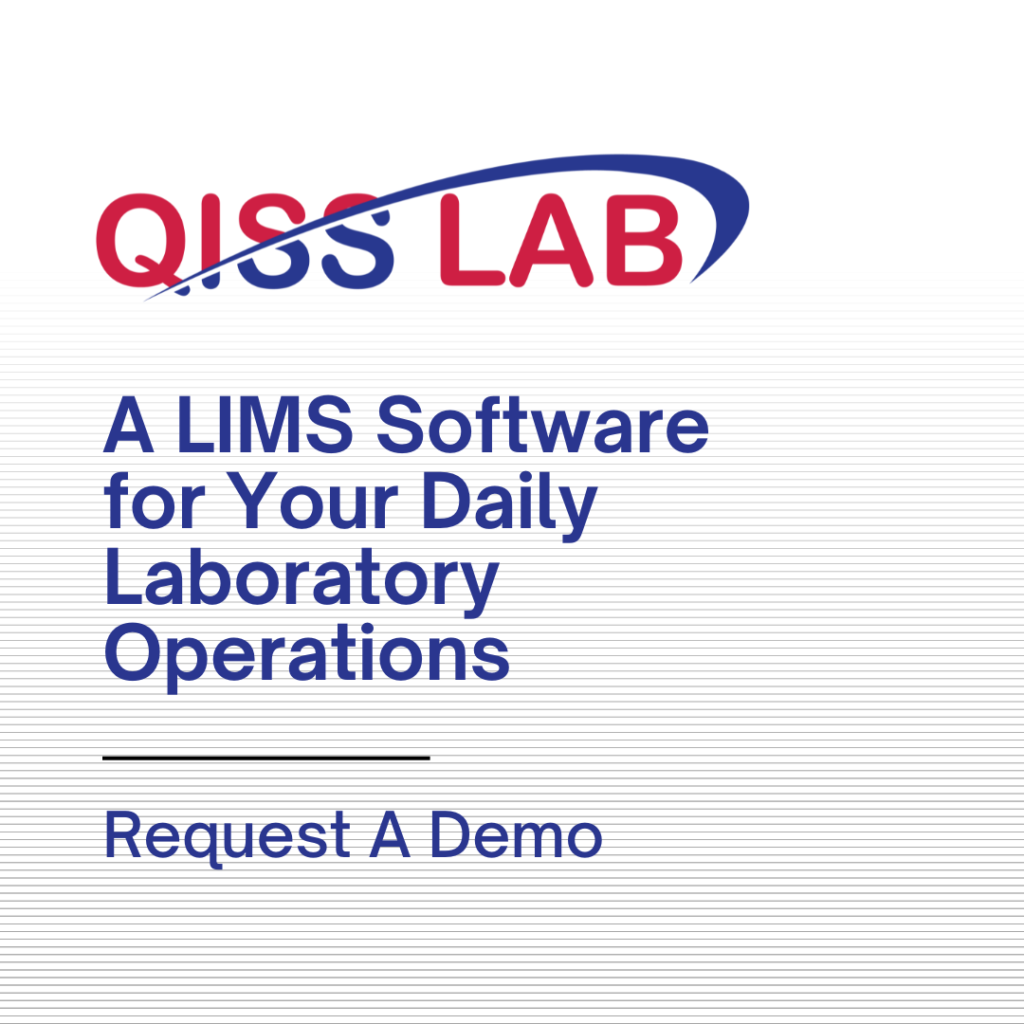Many businesses view the Internal Audit process as a component that must be endured to preserve ISO 9001 registration. They don’t realize that the ISO Internal Quality Audit is more successful than registrar inspections because it checks procedures more often and in detail. In this article, I have given brief knowledge that you might need to know about the ISO internal quality audit.
Understanding the basic concepts
You may initially wonder if an ISO 9001 internal quality audit can be prepared or not. The answer is “Yes.” You can conduct an internal audit of ISO 9001 or any other ISO standard, including ISO 4500. But there is a catch. In the end, going through an external audit is mandatory if you want to get certified; otherwise, all of your hard work will go in vain. An independent certification agency must conduct all audits related to ISO standards.
Obtaining ISO 9001 means that your company has established and adheres to a rigorous system for quality management (QMS). This accreditation is current as of the 2015 edition of the International Organization for Standardization’s Quality Management System standards. This is a company-wide endorsement rather than a credential granted to an individual employee.
ISO 9001 is universal and can be used by any company in any field. ISO 9001’s technical specifications and recommendations are available here. Simply said, a rigorous way is provided by ISO 9001 to evaluate quality objectives and analyze documents. It also evaluates product quality procedures and systems. To break it down even further, ISO 9001 is concerned with examining and evaluating the processes you have in place to guarantee the quality of your product or service. It provides you with advice on enhancing those systems. To earn ISO certification, your company must demonstrate that it satisfies several criteria.
Understanding the ISO 9001 Method
The procedure begins with an introductory meeting in which your auditor will explain what to expect from the audit. Then, using a specialized audit checklist, they will conduct an audit of your procedures.
The meeting will end with a look at how things turned out in the end. If your organization is ISO 9001 certified, this will likely involve reviewing remedial methods to help you reach quality targets and keep your certification.
Why should you have ISO 9001?
Several positive outcomes can result from adopting ISO 9001 as a quality management system. Your company’s capacity to prioritize the client and respond to their demands will be bolstered by this method. This course-correction procedure can boost productivity, enhance competitiveness (thus profit potential), clarify goals for employees, and elevate the company’s brand to one associated with quality.
Rather than being implemented as a one-and-done repair, the system is monitored and evaluated regularly to ensure it contributes positively to the company’s quality assurance efforts. One of the most compelling arguments for adopting ISO 9001 is the standard’s emphasis on constant enhancement. Organizational growth and development are fostered by a commitment to continual process improvement, which benefits the company’s management, employees, and clientele. The audits are conducted regularly, examining each business’s methods to maintain quality.
Why is it Necessary to get ISO 9001 Audits?
Through audits, businesses can check how well their operations and output meet their stated goals. The findings of an organization’s internal audits can be relied upon as an objective assessment of its performance. Among the various standards in the ISO 9000 series, ISO 9001 is the bare minimum that can be accepted. It specifies a business’s requirements to implement and maintain a quality management system successfully.
What are the 5 Steps to Follow in ISO 9001 Internal Audit?
As a project director, the ISO internal quality audit process can be most effective if you have auditors examine your procedure in detail. They can assist uncover areas for improvement or complacency, enabling your method to function more effectively, quickly, or efficiently. The following thirteen steps illustrate how to perform an ISO internal quality audit following ISO 9001 and how they can be utilized to best focus internal process owners on process improvement.
- Organizing the Audit’s Schedule: Before planning the audit, ensure everyone on your team knows what you want to accomplish. If you don’t do this, the audit will be meaningless because the results you get from doing it won’t offer you accurate information randomly. In addition, having your management and staff ready for the audit will give them a concept of what an internal audit entails. If you want the most reliable results, you should provide process managers plenty of time to do their tasks. Before conducting an ISO internal quality audit, check with management and employees on project status.
- Audit Strategy & Choosing Auditors: The next step is to start the audit. It would be best to begin by ensuring it fits your schedule. This involves coordinating with the auditors you’ve assigned to perform the audit. The audit can be conducted and supervised by a designated in-house ISO 9001-trained employee(s). The purpose of this department is to check in with you and report on how well your business’s operations are running. Appointing many auditors is a good idea to ensure a smooth auditing process since having other eyes on the books is always beneficial. More auditors are needed for larger organizations.
- Conduct the Audit: The next natural step, after thorough planning, is to do the audit. These initial stages will mainly reassure you and the auditor that everything is to start with the actual work. During the audit, many different things are done, such as reviewing all records, examining the efficiency of various processes, identifying systemic faults through interviews with personnel, and much more. Reports from these internal audits are at their finest when they not only highlight problem areas but also include suggestions for how those areas may be made to run more efficiently. Corrective actions can increase the long-term success of process managers and company systems.
- Reporting on the Audit: After finishing their audit, the auditors will sit down with you (or whoever is in charge of the process) to review their findings. The meeting will focus on highlighting the problems discovered and discussing strategies for fixing them. Any process manager desires concrete evidence of what procedures aren’t producing, together with suggestions for how to fix the identified problems. Another benefit of accessing this data is saving time and money by directing efforts where they will do their best.
- Follow-Up: You should review the audit’s findings and how those problems were resolved every once in a while. Reviewing this data with the auditors who compiled it would be best. You can gauge the effectiveness of the suggested improvements by comparing pre-and post-audit criteria. After that, you should persist at it throughout time, as success is fleeting and continuous adjustments are needed to maintain steady growth.
The Benefit of a Checklist in Auditing
Organizations must use the audit checklist provided by ISO 9001 when conducting ISO internal quality audits. A thorough assessment of your company’s environment, management, planning, quality, support systems, operations, performance, and growth potential can be made with the help of the checklist’s questions.
A checklist for conducting an ISO internal quality audit is helpful, as it can help catch any mistakes.
- Future audits can be prepared more efficiently with the help of checklists.
- When auditors know what is expected during an audit, the process runs more smoothly and introduces consistency and objectivity.
- The checklist’s documented results can serve as a means of internal communication to encourage the implementation of improvements and fixes.
- The internal audit’s findings will be recorded on the checklist and filed away with the company’s requirements management paperwork.
An internal auditor may review the checklist as proof that an ISO quality internal audit was performed. Suppose you find all of these documents, checklists, NCR, CAPA, and training disorganized, then we might help you a big time here. Your days of worrying about auditing are over. QISS powered by QIA will allow you to quickly find all of these data, documents, and whatever your auditor asks for within a click.
Choose suitable software for your business from QISS essential software list. We are always ready to provide you ISO-based QMS services through QISS QMS software.



